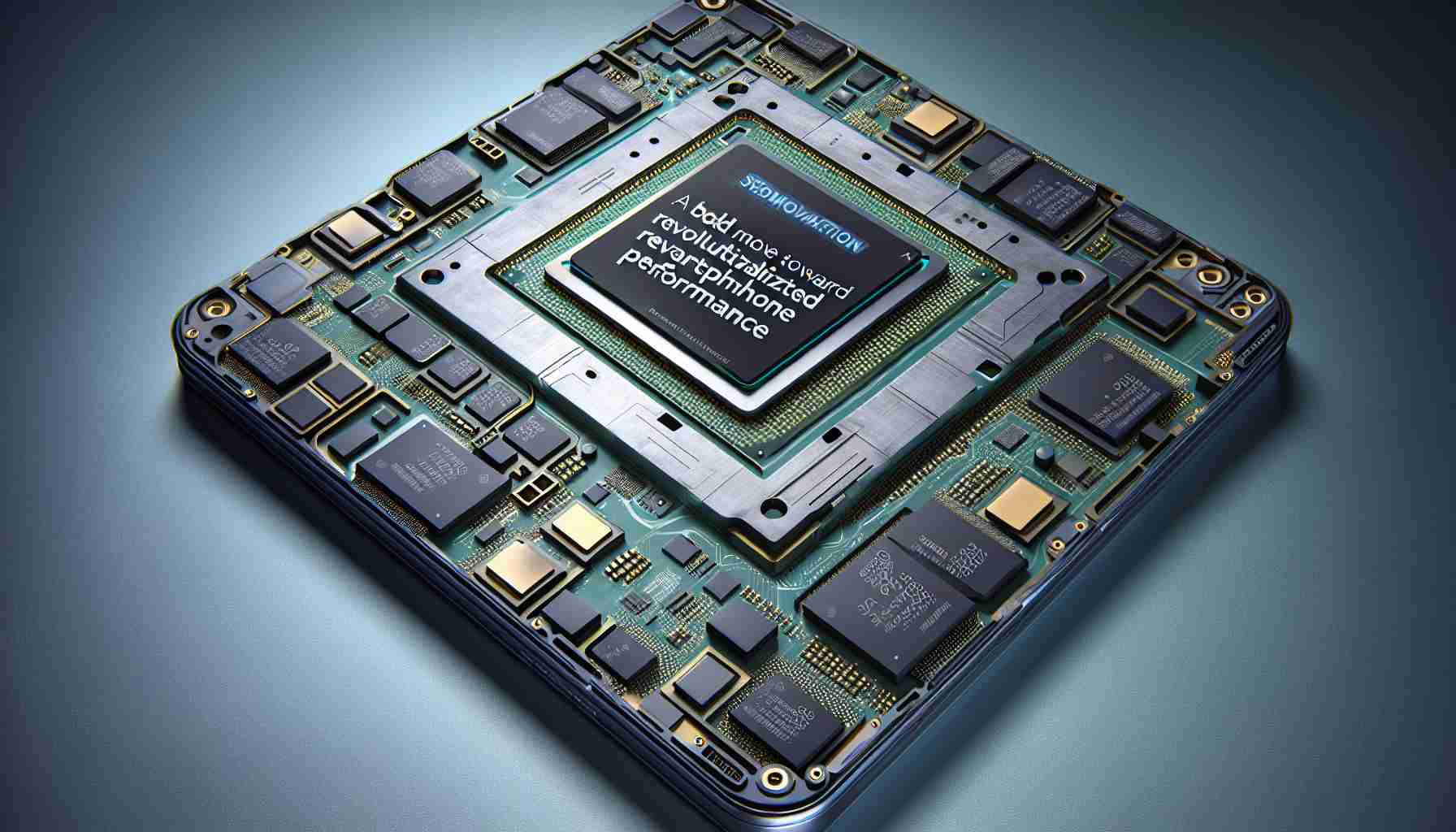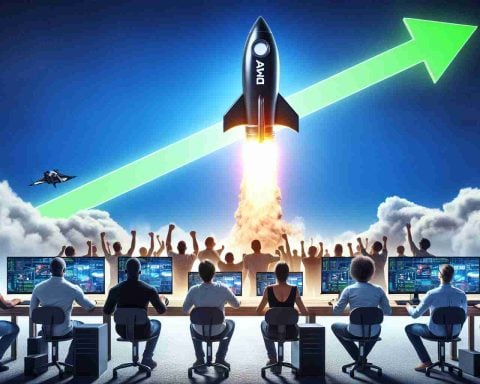For many gamers, the illustrious legacy of the Half-Life series remains a topic of passionate discussion. Since the conclusion of Half-Life: Episode Two, enthusiasts have speculated about the potential arrival of Half-Life 3, a sequel that has yet to materialize. Nevertheless, recent hints from Valve have rekindled fervor among fans. As anticipation builds, now is an ideal moment to revisit the original games that defined the first-person shooter genre.
Many Steam users possess copies of Half-Life and its sequels, but surprisingly, a significant number have yet to experience them. Recent statistics show that over 285,000 copies of Half-Life 2 alone sit untouched in players’ libraries. With countless commitments vying for our attention, it’s no wonder that mesmerizing games sometimes languish in digital collections.
What sets the Half-Life games apart is their distinctive design and immersive storytelling. The original, released in 1998, features a unique aesthetic that diverges from today’s formulaic visual styles, leaving a lasting impact on players. The humor, horror, and engaging gameplay elements create an unforgettable experience.
Half-Life 2 scrutinizes the traditional narrative structure by utilizing clever visual storytelling, allowing the world to unfold organically without lengthy cutscenes. Memorable characters and atmospheric moments captivate players, ensuring that the journey is both thrilling and thought-provoking.
As discussions of a possible Half-Life 3 continue to circulate, it’s clear that the legacy of its predecessors has not waned. Returning to these classic titles not only offers enrichment for new players but also serves as a reminder of why the Half-Life series remains iconic.
The enduring fascination with the Half-Life series can also be attributed to its innovative use of physics-based gameplay, which was revolutionary at the time of Half-Life 2’s release in 2004. The incorporation of the Havok Physics engine allowed players to interact with the environment in unprecedented ways, elevating the immersive experience and setting a new standard for future first-person shooters.
Another notable fact is that the Half-Life series has greatly influenced numerous other games and developers. Many titles, from BioShock to Portal (a spin-off developed by Valve), have drawn inspiration from Half-Life’s storytelling techniques, atmosphere, and game mechanics, showcasing its sizable impact on the gaming industry.
The question arises: What makes Half-Life’s narrative and gameplay mechanics so unique compared to other titles in its genre? The answer lies in its seamless integration of story and gameplay, where players are immersed in the narrative without feeling forced into cutscenes or exposition-heavy dialogue. Each element is crafted to enrich the player’s experience, granting them a sense of agency in the unfolding story.
Another essential question is: What are the challenges and controversies surrounding the series? One key challenge is the prolonged wait for a direct sequel, Half-Life 3, leading to frustration and speculation among fans. This delay has led to debates about Valve’s development practices and whether they should expand upon existing franchises or focus on new content. Additionally, there are discussions regarding the balance of nostalgia versus innovation—how much should a new title lean on the prior gameplay mechanics versus introducing fresh ideas?
When considering the advantages of the Half-Life series, one finds that its strong narrative, innovative gameplay mechanics, and lasting impact on the gaming world create an unparalleled appeal that resonates with gamers of all ages. However, the disadvantages include potential difficulty in catering to the expectations of an evolving audience and the risk of disappointing long-time fans with any new releases.
The community surrounding Half-Life remains active, with countless fan theories, mods, and user-generated content that explore and extend the series’ lore and gameplay. This commitment from the fanbase is a testament to its lasting legacy, ensuring that it continues to be a significant part of gaming discourse.
For more on the legacy and impact of the Half-Life series, visit Valve Software. Additionally, you can find community discussions and fan content at Half-Life Community.






















